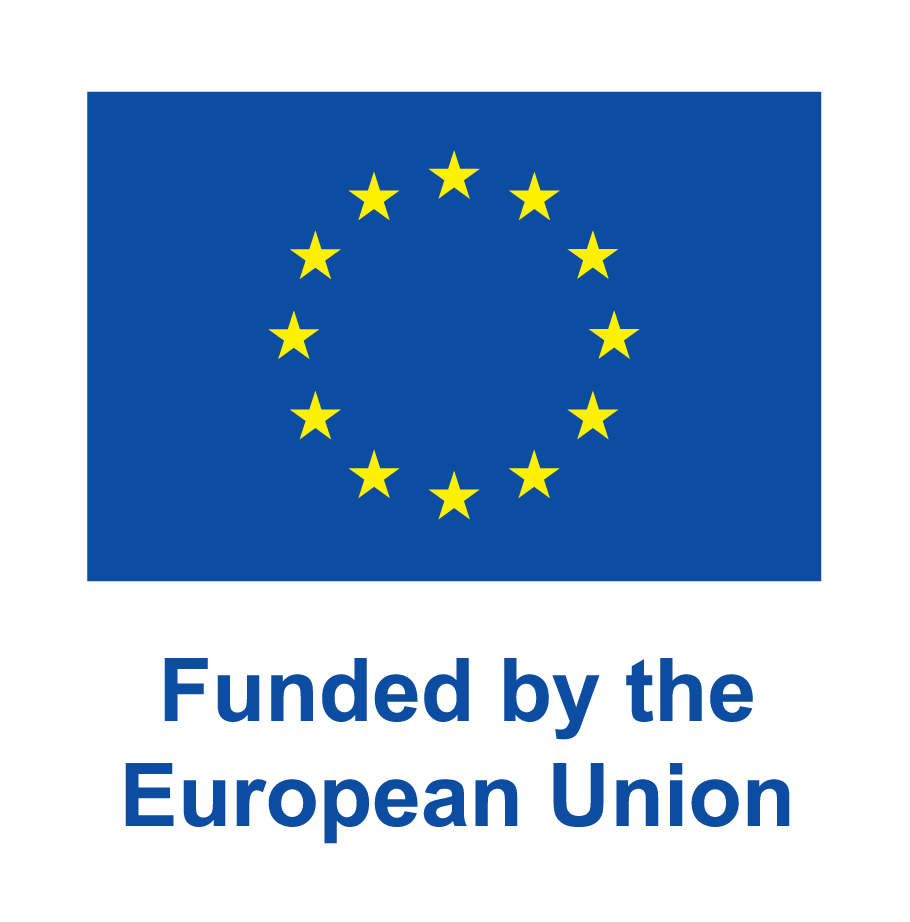Addressing labour shortages, stimulating innovation, or improving international competitiveness - there are many reasons why the EU wants to attract foreign talent. The programmes and initiatives in this area differ across EU Member States.
EU wants to attract foreign talent, Member States approach this differently
The demand for talented foreign workers is high, partly due to ageing labour markets and rapid technological developments. Various initiatives from the EU and the Organisation for Economic Co-operation and Development (OECD) exist in this area. New research from the European Migration Network (EMN) supplements the OECD Talent Attractiveness Index and surveys the programmes developed by individual countries for this purpose.
Focus on sector or nationality
To recruit talent from non-EU/EFTA countries**, EU Member States focus on certain economic sectors and/or specific countries of origin. Many countries are particularly seeking highly skilled migrants for IT, engineering, and healthcare. The Philippines (AT, FI, DE, IE), India (AT, FI, DE, LT), and Brazil (AT, DE, EE, FI, LT) are often mentioned as target countries of origin.
Approach of the Netherlands
In recent years, the Netherlands has launched two initiatives: ‘Welcome to NL’ (an online portal designed to present the Netherlands as an attractive country for highly educated migrants to start their careers and settle) and the pilot ‘Essential Start-Up Personnel’ (simplified conditions for start-ups to hire international talent with skills and/or experience essential for the company's growth). These programmes focus mainly on highly skilled migrants in identified key sectors. The Netherlands does not specifically focus on certain countries of origin.
Websites, tax benefits, and residence schemes
The tools used by EU Member States to attract foreign talent vary. Many countries do this through:
- Websites and online platforms: Four countries (BE, CZ, PT, SK) use general platforms for both domestic and foreign vacancies, while 10 countries (AT, DE, EE, FI, FR, IE, LT, LU, LV, NL, SI) have websites aimed at non-EU/EFTA countries. In 8 EU Member States (BE, DE, EE, FI, IE, LT, LV, LU, NL), these websites also list vacancies.
- Tax benefits: Nine EU Member States offer tax incentives to foreign talent (DE, EE, FR, IE, LT, LU, NL, SI, SK). In Germany, for example, the employer or government covers the costs of language courses and visa procedures. In the Netherlands, highly skilled migrants receive tax benefits through their salary. This expat scheme was amended on 1 January 2024, leading to employees gradually receiving less tax benefits.
- Residence schemes: Besides the Netherlands (via the ‘essential start-up personnel’ pilot), Estonia, Latvia, Sweden, and France have introduced new residence schemes in recent years. For instance, France has the ‘French Tech Visa’, a simplified procedure for international talent in the tech sector. Latvia prioritises foreign talent through the ‘Green Corridor’ initiative, offering expedited embassy services and a faster application procedure for residence documents.
- Pre-arrival support: Thirteen countries offer pre-arrival support to highly skilled migrants (AT, CZ, DE, EE, FI, FR, IE, IT, LT, LU, NL, SE, SK), such as providing information about and guidance on relocation. Five countries (AT, DE, EE, FR, IT) offer personal advice, such as through consultations, mentorship programmes, or a local helpdesk. The Netherlands does not offer this type of one-on-one support but provides support through the Welcome to NL website.
*Participating countries: Austria (AT), Belgium (BE), Bulgaria (BG), Cyprus (CY), Czech Republic (CZ), Germany (DE), Estonia (EE), Finland (FI), France (FR), Hungary (HU), Ireland (IE), Italy (IT), Lithuania (LT), Luxembourg (LU), Latvia (LV), Netherlands (NL), Poland (PL), Portugal (PT), Sweden (SE), Slovakia (SK), Slovenia (SI)
**EFTA: The European Free Trade Association (EFTA) is the intergovernmental organisation of Iceland, Liechtenstein, Norway and Switzerland for the promotion of free trade and economic integration.


